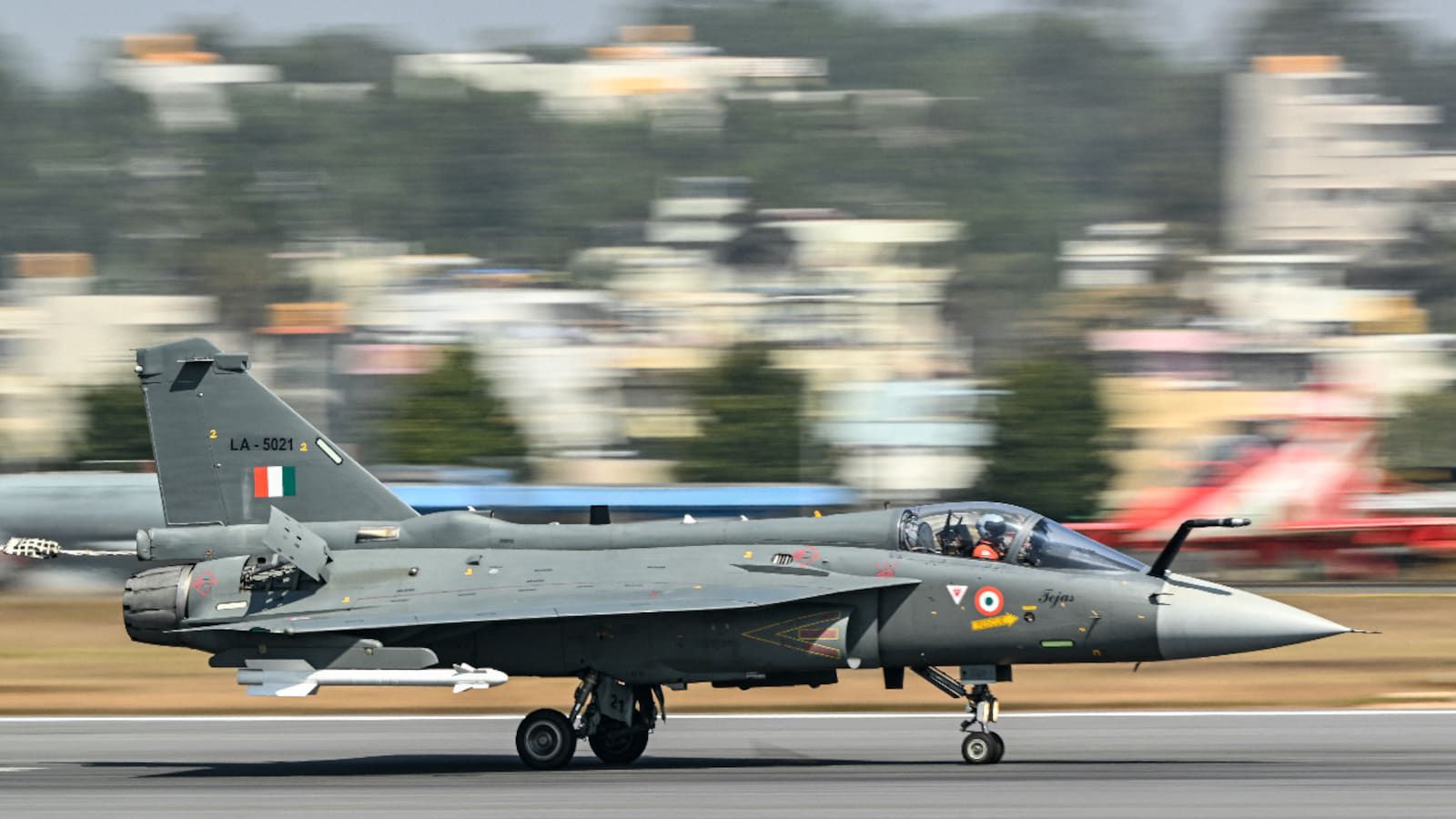The Hindustan Aeronautics Limited (HAL) Nashik Division has been officially granted flight clearance for the indigenous Light Combat Aircraft (LCA) Tejas Mark-1A, marking a historic milestone for India’s defence manufacturing and the Indian Air Force’s (IAF) operational capabilities. This development designates Nashik as the third production hub for the Tejas fighter, significantly ramping up production capacity and bolstering India’s strategic aerospace autonomy.
Key Highlights: Flight Clearance and Strategic Expansion
The Directorate General of Aeronautical Quality Assurance (DGAQA) accorded flight clearance to the first Tejas MK1A aircraft produced at HAL Nashik, with the Flight Clearance Document handed over to the Executive Director of HAL Nashik Division on August 11, 2025.
Nashik, known for its longstanding expertise in manufacturing and sustaining fighter aircraft for the IAF, now formally joins Bengaluru as a critical production center, enhancing India’s capacity to mass-produce the Tejas fighter.
This elevation of Nashik’s role aligns with India’s broader defence preparedness strategy and the goal of decentralizing fighter aircraft production to improve delivery timelines and operational flexibility.
The Nashik facility was inaugurated in April 2023 with an investment exceeding ₹150 crore and aims to produce about eight Tejas MK1A jets annually, raising HAL’s total production capacity for the aircraft from 16 to 24 units per year.
Operational and Technical Excellence at Nashik
The HAL Nashik Division successfully absorbed the Transfer of Technology (ToT) for manufacturing the Tejas MK1A, an achievement requiring extensive redesign of assembly tools, modification of legacy work centres, and adoption of advanced aerospace production methods.
Upholding strict quality assurance protocols, Nashik’s team manufactured over 5,000 high-precision components in-house, conducting thorough line replacement unit tests, pre-installation checks, ground runs, and snag rectifications to ensure the highest operational standards before flight clearance.
This setup reflects a cultural and technical shift in India’s aerospace manufacturing philosophy, with Nashik facilitating mission-critical OEM-level support and readiness testing formerly centralized in Bengaluru.
Tejas MK1A’s Role in the Indian Air Force and Future Prospects
Developed jointly by the Defence Research and Development Organisation (DRDO) and HAL, Tejas MK1A is a multi-role, single-engine light combat aircraft designed to replace the aging MiG-21 fleet, whose squadron strength has fallen below authorised levels from 42 to just 31.
The IAF currently operates two squadrons of the Tejas Mark-1 variant, primarily for air defence. Around 40 Mark-1 aircraft, including trainers, have been delivered, with 73 units of the upgraded Mark-1A already on order.
The Government of India has recently approved procurement of an additional 97 Tejas aircraft, underscoring the urgent need to rejuvenate IAF squadron strength.
Production rates had been constrained by engine supply limitations, notably the American GE F-404 engines powering the aircraft. The addition of the Nashik production wing aims to accelerate output and address earlier delays.
Private Sector Collaboration and Indigenous Manufacturing Push
HAL’s modular production involves heavy partnerships with private Indian firms such as Larsen & Toubro (wing manufacturing), VEM Technologies, and TATA Advanced Systems for key airframe components.
This ecosystem strengthens “Make in India” and “Atmanirbhar Bharat” (self-reliant India) initiatives, encouraging indigenous technologies and private sector involvement in critical defence manufacturing.
Operational Impact and Strategic Significance
The flight clearance of the Tejas MK1A at HAL Nashik not only reflects technical and quality achievement but signals India’s growing maturity in aerospace production capabilities.
It enables faster induction of advanced fighters into service, critical for maintaining the IAF’s operational readiness amid evolving security challenges.
Decentralized manufacturing reduces risk associated with single-location production and allows for scalability in response to future defence requirements.
Conclusion
The flight clearance for the Tejas MK1A from HAL Nashik marks a pivotal chapter in India’s indigenous fighter aircraft journey and presents a strong boost to the Indian Air Force’s modernization plans. With the Nashik hub now fully operational, India enhances its production agility, strategic autonomy, and defence self-reliance as it phases out older fighter fleets and prepares for future aerial combat demands.
Sources: The Tribune India, Indian Defence News, Moneycontrol







